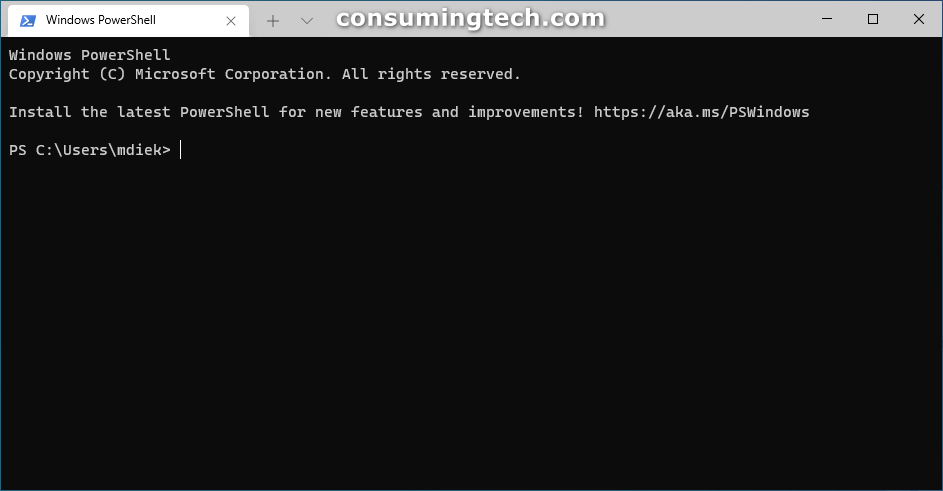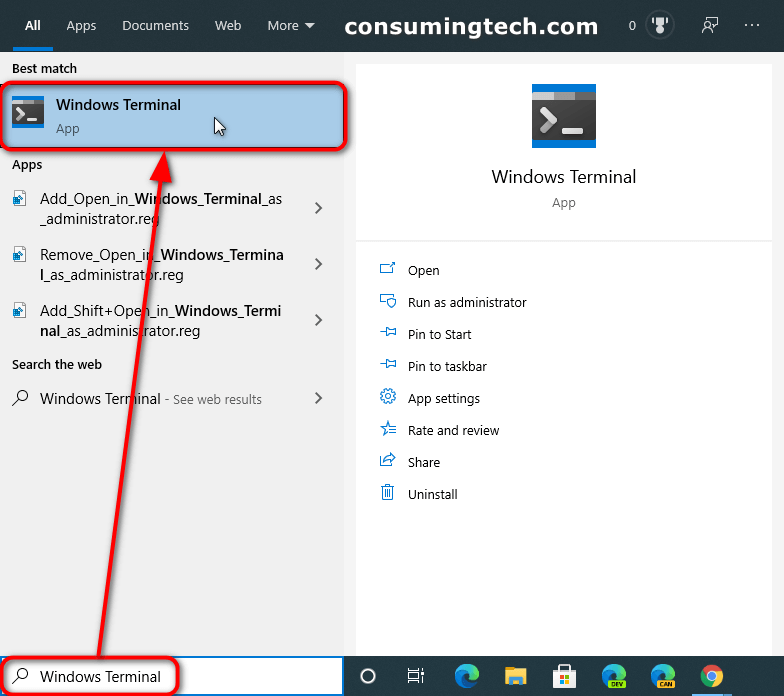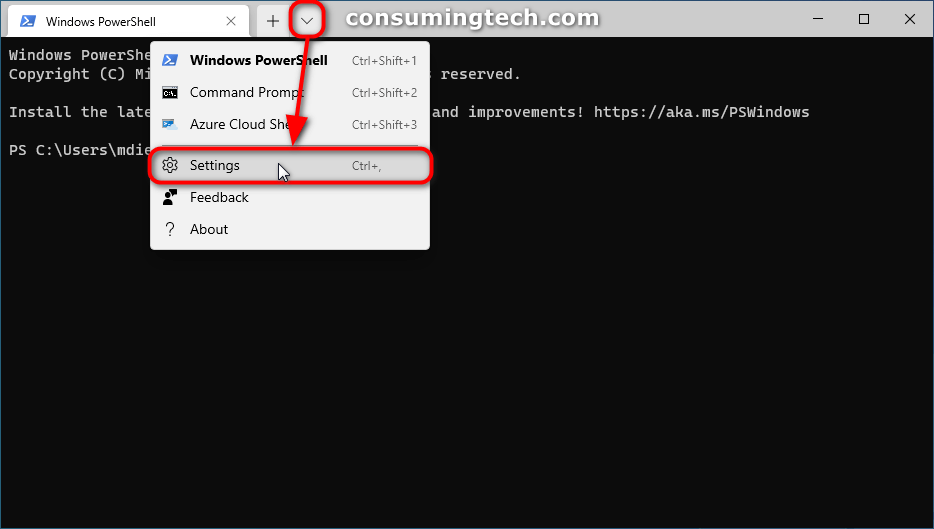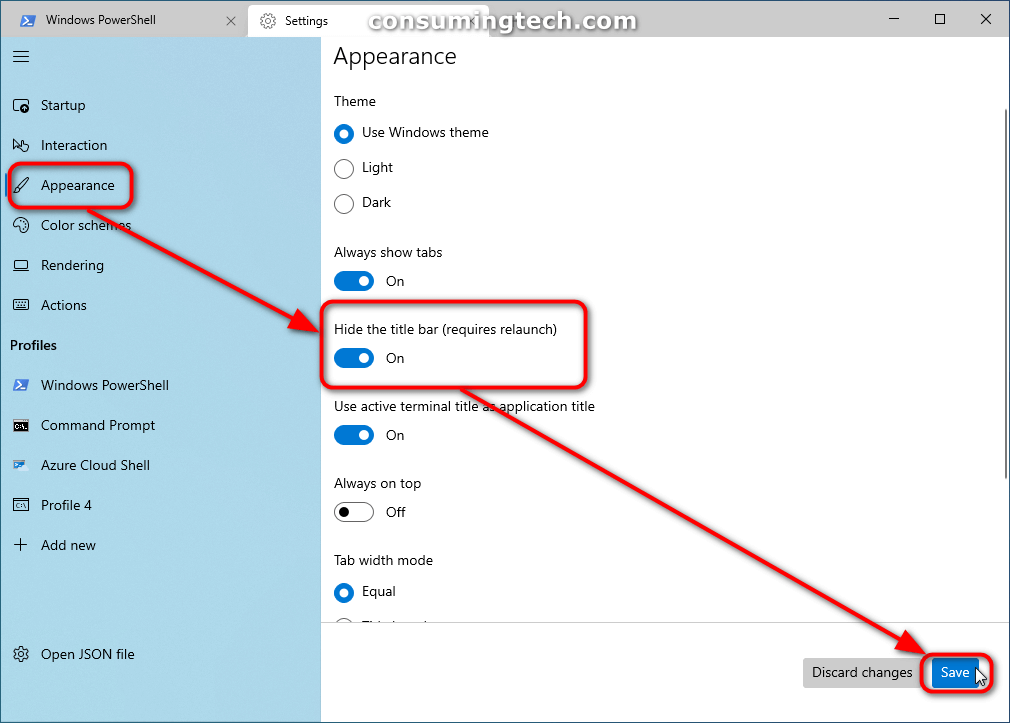Last Updated on December 24, 2022 by Mathew Diekhake
Windows Terminal is Microsoft’s new command-line app. It allows for multiple tabs, and from each tab you also have the option of opening either the Windows PowerShell, Command Prompt, Azure Cloud Shell, or the plain PowerShell. Additionally, it is also preconfigured to run SSH and WSL. Windows Terminal can run any command-line app which includes all Windows terminal emulators.
The Windows Terminal app, otherwise known as the new Windows PowerShell, is the long-awaited app many Windows enthusiasts had been waiting for thanks to its ability to do far more than the typical command line which had become outdated. Interestingly, the Windows Terminal was initially available as a separate app that needed to be downloaded from the Microsoft Store; however, if you were to go to the Microsoft Store to download it now you would be prompted that it is already on your computer. You haven’t got memory issues; as stated above in recent Windows 10 updates you would now find the app on your computer as an Inbox app.
The Windows Terminal app comes with an optional title bar. When the title bar is turned on, you get an extra layer at the top of the window that shows what shell is being used. When the title bar is turned off, the title disappears and the options to minimize, restore down, or close the app window merge onto the same layer as the tabs. See the example below for exactly what we mean.
An example of the Windows Terminal app title bar turned on:
An example of the Windows Terminal app title bar turned off:
The following tutorial demonstrates how to hide or show the title bar for the Windows Terminal app when using a version of the Windows 10 operating system.
How to Hide or Show Title Bar for Windows Terminal app in Windows 10
You can choose to hide and show the title bar of the Windows Terminal app from the app’s settings. Note that you will need to “refresh” the Windows Terminal (by closing and opening it again until a more convenient method becomes available) for the changes you have saved to then be shown. Here is how to do that:
1. Open the Windows Terminal app. (Click to enlarge the screenshot below.)
2. Next to the tabs, click on the down-facing arrow to bring up the Windows Terminal menu and then click on the Settings link. (Click to enlarge the screenshot below.)
3. Click on Appearance in the left menu.
4. From the right side of the same window, click on the Hide the title bar (requires relaunch) toggle to turn it on or off.
5. After selecting to turn on of off the title bar, click on the Save button at the bottom of the Settings page. (Click to enlarge the screenshot below.)
You can close the Windows Terminal settings and continue using the computer.
In conclusion, that is how to hide or show the title bar for the Windows Terminal app in Windows 10.





